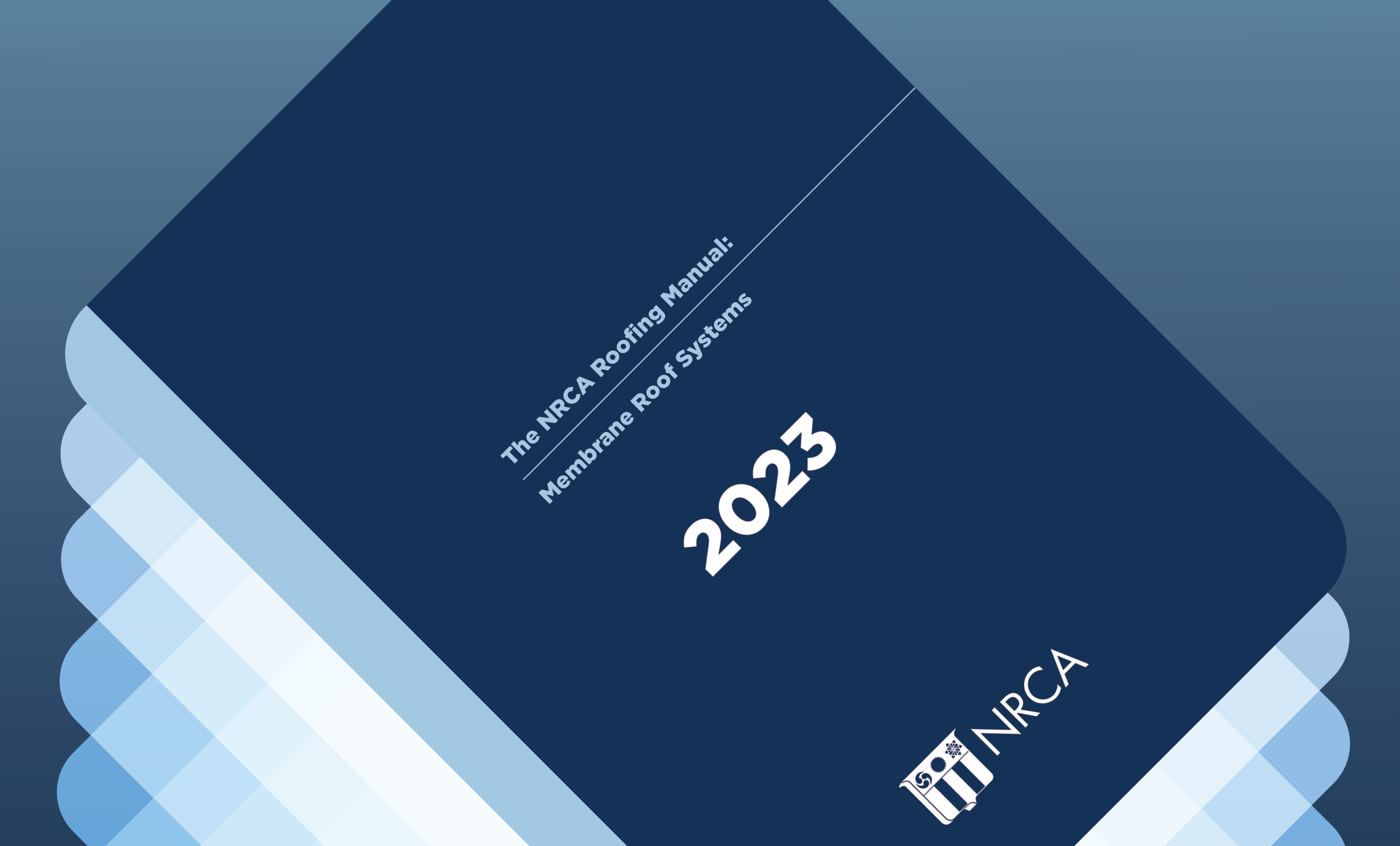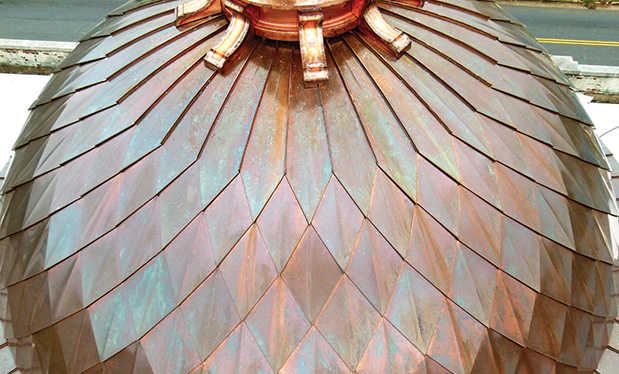
Brands, goodwill, image and emotion all tie into how we feel about objects, products, people and companies. Actors and politicians spend millions of dollars to shape their public images. And the public goodwill of companies like Nike, Apple and Coca-Cola is worth billions.
What’s your company’s public image?
“Brand ambassador” is a relatively new term, and it’s used mostly to describe a young person who is famous on an app and earns a living by saying nice things about products. But brand ambassadors always have existed in some form, and for most companies, the paramount brand ambassadors are frontline employees.
Have you ever encountered a grouchy flight attendant? How did that experience make you feel about the airline, and what goodwill did it generate?
What about an inattentive restaurant server? Or a checkout clerk who behaves as though you’re inconveniencing him or her for getting your groceries? How did you feel when that interaction ended?
For the most part, you likely rolled with it and didn’t change your purchasing behavior. After all, you probably are not going to change grocery stores just because you had one rude experience. But what about a rare interaction in an area of significance or importance … like buying a house or replacing a roof? Folks will remember a bad realtor or foreman experience forever.
I recently visited a contractor who spends a considerable amount of time and money cultivating a decades-long public impression of professionalism based on the appearance of the company’s crews and vehicles. Instructing his team to have the professional look of UPS drivers and professional outcomes of the Maytag repairman, Empire Roofing President Ronnie McGlothlin established the beginning of an internal culture and external brand that defines his company 40 years later.
Clean, nice trucks (inside and out!) are the standard; each is washed weekly in the on-site company car wash. If a worker gets mud on the tires from a job site, he or she is told to clean the truck before punching out that night; no mud is allowed to be tracked into the yard. He also has his crews keep the shop floor so clean “they could eat off it,” and after visiting with him for a few hours, I bet at some time in his career he’s done exactly that just to prove the point to a team member.
Not every contractor has Ronnie’s exacting standards, but many do, and every company should be conscious of how its crews represent their companies not only in verbal interactions with customers but also in their nonverbal, visual, first-impression encounters. Your employees are your brand. How they present themselves reflects directly on your company and the brand, image and goodwill you are trying to build.
This premise holds true for internal audiences, as well. Prospective employees are going to notice the peers they may be working with. How do they look and behave, and what tone does the company set?
This isn’t new advice. Andre Agassi said “image is everything” (with a mullet haircut!) in a multimillion-dollar ad campaign more than 30 years ago. But it’s worth a reminder because, well, image is a key part of everything.
A number of roofing company owners I’ve met wear ties most of the time regardless of the venue or circumstances. I once asked NRCA Executive Committee member Rudy Gutierrez, president of Shell Roofing Solutions, Chino, Calif., why he dresses so formally. (He could roll right out of a roofing event and go to a wedding and still be more nattily dressed than most groomsmen and surely anyone on the guest list.)
And though I asked the question in a joking manner, Rudy’s answer was dead serious: “Image sets the tone for success. I dress professionally to elevate our industry’s image. There are assumptions and stigmas that go with being a roofing contractor. I feel we must go beyond to break down the stigma and prove we’re a professional industry.”
Roofing’s public image certainly can be stronger, and many want to make it so. Remaining cognizant of first impressions and reminding our teams about their roles in building up the image of your company and the industry at large is time well spent.
MCKAY DANIELS is NRCA’s CEO.
This column is part of News + Views. Click here to read additional stories from this section.



